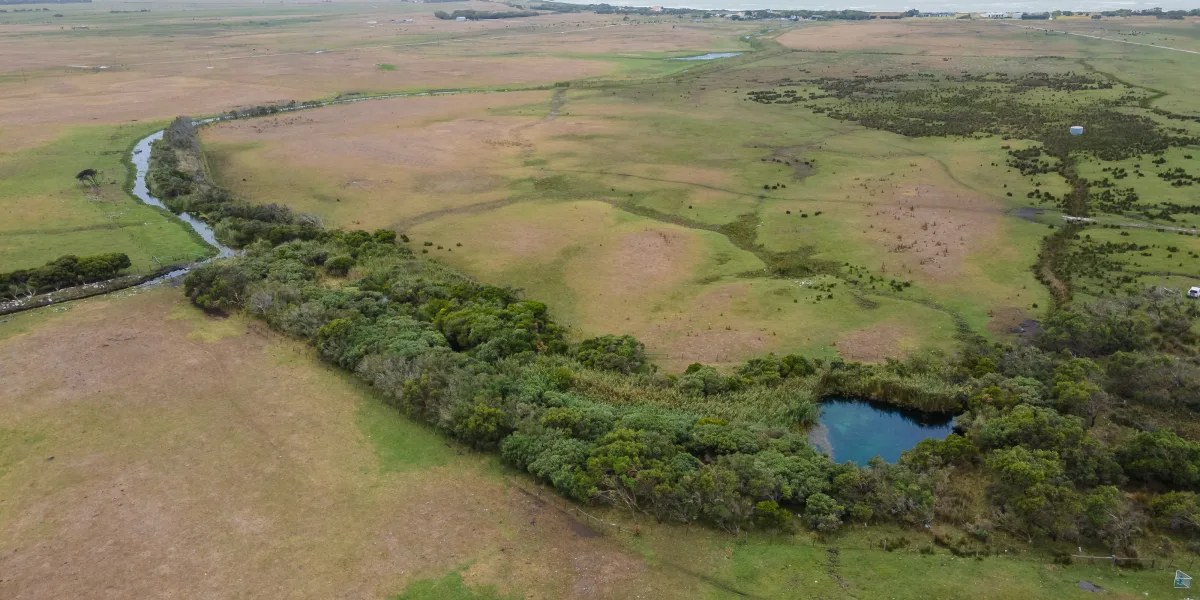The impact of landscape change
The property is of profound environmental significance with three rare karst springs located at the site. Karst springs and their associated wetlands are a threatened ecological community under the Environment Protection and Biodiversity Conservation Act 1999. These ecological communities are in the top ten most threatened ecosystems in the world. The springs supports many threatened and endangered native plants and animals.
The property has been used primarily for agricultural farming. The previous owners the Smith family strongly supported the return of the land to wetland.
"We've always known this land must be kept wet for it to remain healthy - it's great this has finally been recognised and we will all benefit." - Kevin and Susanne Smith
At approximately 185 hectares the property is located in the old Eight Mile Creek Swamp system nestled on the coastal plain east of Port MacDonnell. The topography of the property, secure water supply from the springs and the containment offered by bordering drains allows for large scale restoration without impacting neighboring properties.
This combination of water supply and containment only occurs in a few places in a landscape. They are unique places where we can return wetlands to our landscape.

